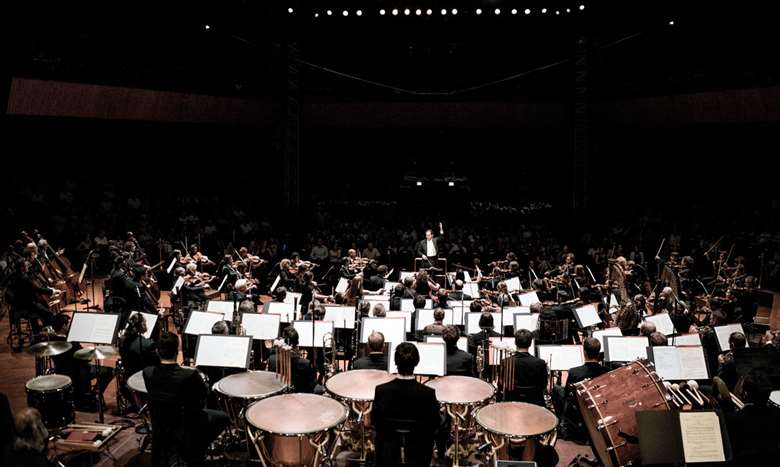Orchestra insight: Orchestre National du Capitole de Toulouse
Andrew Mellor
Tuesday, April 9, 2019
Our monthly series telling the story behind an orchestra

Long before specialist orchestras started to pick and choose the precise vintage and nationality of the instruments they might use for a particular repertoire, a civic orchestra in the south of France was doing so and recording the results.
For many, the Toulouse Capitole Orchestra (as it was known before the ‘National’ was inserted in 1981) was the reference French orchestra of the late 20th century. Under the 35-year stewardship of Michel Plasson, it made over 100 recordings for both EMI and DG, incubators of the ambitious conductor’s plan to recultivate a distinctly French orchestral sound using instruments made in the country.
Plasson inherited a relatively new ensemble, formed from the fusion of Toulouse’s opera orchestra (a function it still assumes; the opera theatre is inside the Toulouse Capitole) with its modest symphonic ensemble. He fought for the conversion of a hexagonal corn-exchange-turned-boxing-ring into a new concert hall (it became the orchestra’s home in 1974) and attracted an audience both local and international. Unusually prescient and business-minded, he even established a family of sponsors, with Airbus at the head of its table.
In the early 1990s, Plasson was telling Gramophone that the ONCT was ‘the only true French orchestra’. Ironically, a string of reviews that complained of a ‘thin’ and ‘inhibited’ sound probably proved his project was working. Soon that sound was recognised for its considered transparency born of the crispness and clarity of French brass and woodwinds. Yes, those strings were meant to sound anti-plush. Plasson would spend six months of the year with his orchestra, drawing comparison in the latter years with Rattle and his CBSO. All the while, pioneering recordings were coming at a rate of knots: Milhaud, Magnard, Roussel, Bizet, Ropartz, Gounod, Massenet, Debussy and Dutilleux.
It is rare to encounter an orchestra that has had just two music directors since 1968. Tugan Sokhiev was appointed Principal Guest Conductor in 2005 and Music Director three years later. To Plasson’s delicacy and very particular ideas about blend, Sokhiev brought standardised instruments, beef, front-foot confidence, rhythmic cut and thrust – much mined from Russian music. Recording activities moved to Naïve, and the partnership’s Tchaikovsky Fourth was hailed by Edward Seckerson as ‘one of the most impressive accounts since the days of Markevitch and Mravinsky’. In 2011, Le Figaro ranked every orchestra in France but awarded the top spot to three: two in Paris, and Sokhiev’s ONCT.
Facts
Founded
1968 (in current form)
Home
Halle aux Grains, Toulouse
Music Director
Tugan Sokhiev (since 2008)
Past Music Directors
André Cluytens, Georges Prêtre, Michel Plasson







